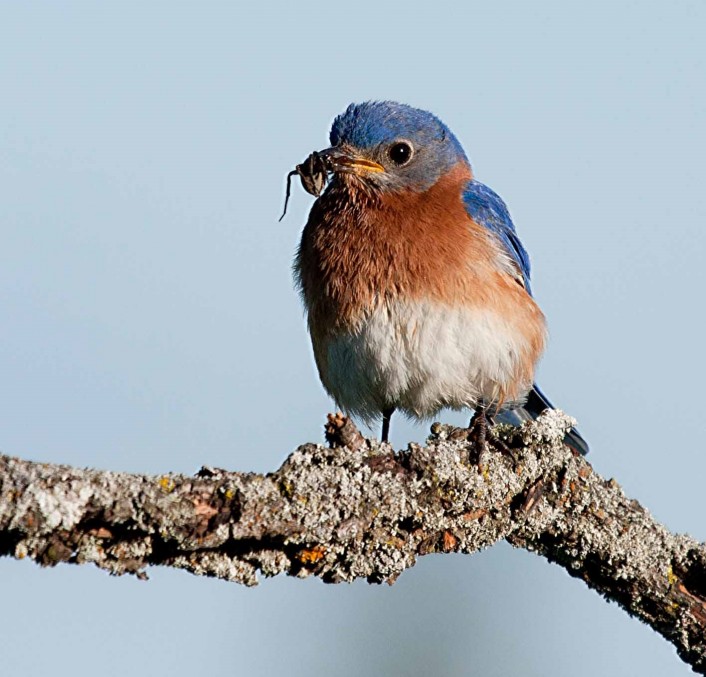A little bird can evoke big emotions.
A few years ago, I took my mother and a friend of hers on a ramble of the Carden Alvars. Both were in their 80s, with their sense of adventure still intact. We struck out along Wylie Road, renown among Ontario birders, but just a country dirt road to many more.
We hadn’t bumped down the road more than a few metres when my mother spotted a brilliant bluebird balancing on a rusted wire fence and I thought she might climb out the window in excitement. While my mother has always had an interest in birds and nature in general, she isn’t what I would call an avid naturalist; more of a nature pedestrian. So her exuberance caught me off guard. Soon her friend Vi — a gabby bon vivant with an out-sized zest for life — was joining in the chorus from the back seat.
It turned out that neither of them had seen a bluebird in 40 years. So common when they were girls in the portion of southern Ontario where they lived, the eastern bluebird had gradually faded from their lives along with the farm fields, orchards, open woodlands and country roads they so love to haunt.
Take away the habitat, and the critters go too.
The joyful reaction of these two old friends to the site of a bird left me thinking about all the things, big and small, that wildlife contributes to our lives. They light up everything from songs and tea cups to universal symbols and the metaphors of every culture.
The bluebird is doing well in Carden, thanks to two things: first, a local man named Herb Furniss has spent the last few decades building and distributing white bluebird boxes throughout the region, quietly making a huge difference for these little birds; second, Wylie Road rolls through an area where more than 6,000 acres of grassland, forest and wetland has been conserved as natural habitat.
And where the bluebird succeeds, so too do a wide array of others. But in many some cases, these lands, along with private land carefully stewarded by solid owners, have become some of the last places in Ontario to make a stand.
The Couchiching Conservancy recently had to list in a final report all the endangered species that have directly benefited from a three-year stewardship project funded by Environment Canada. The names are worth repeating as a sort of litany of the small if you will:
- Barn Swallow
- Blanding’s turtle
- Bobolink
- Butternut tree
- Chimney Swift
- Common Nighthawk
- Eastern Meadowlark
- Five-lined Skink
- Golden-winged Warbler
- Least Bittern
- Eastern Loggerhead Shrike
- Eastern Milksnake
- Monarch Butterfly
- Snapping Turtle
- Western Chorus Frog
- Whip-poor-will
- Yellow Rail
This is what protecting land is all about: making room for the small things that so enrich our lives. My mother and Vi often recalled that bluebird day on Wylie Road, counting it among the best of their late-life adventures together.
A few months ago, Vi suffered a major stroke that took the lion’s share of who she was. These days, her habitat is a single room in a nursing home where she lives in a muddle of memories and broken speech. My mother tells me one of the few things that still hold her attention are the birds outside her window.
Written by Mark Bisset

